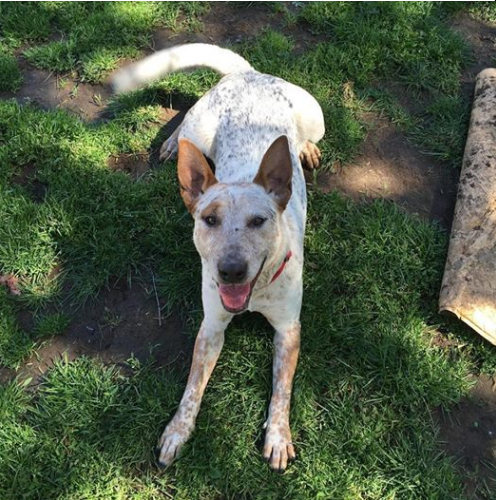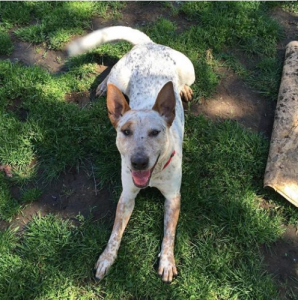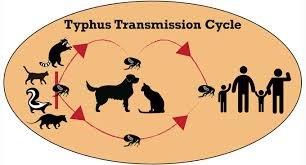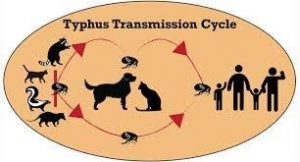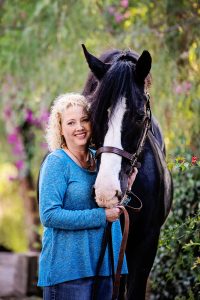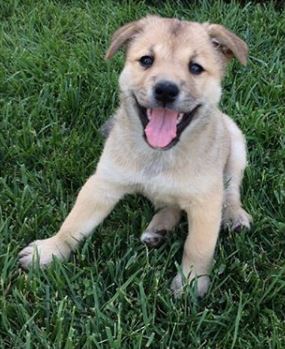What To Do With Found Kittens?
May 9th, 2019
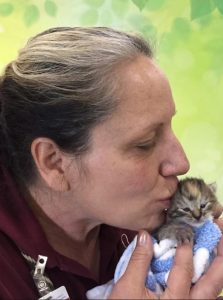
I am often asked what to do with found kittens! Last July I wrote about fostering kittens, and now with kitten season underway once again I feel it is a good time to revisit the topic. If you are available to help, we need you! (Details are below). However, to answer that frequently asked question, here is what you can do if you stumble upon kittens:
First, observe the kittens from a distance. The kittens may seem to be abandoned, however, the mother cat may not be far away. She could be hunting, or she could be hiding, waiting for you to get away from her babies. Wait a few hours before disturbing the kittens unless they are in obvious danger. Are the kittens sleeping and seem content? The mother is probably around and nearby. If you check the area again and there are fewer kittens, the mother is most likely moving them to a new area. If you cannot be sure, sprinkle flour around where the kittens are located and look for paw prints in the disturbed flour when you revisit the site. If you determine that the mother is present, continue to observe the family from a distance, she will most likely move the kittens to a new area. It is best for the mother to nurse them as they will have a greater chance of survival until about six weeks, when the kittens should be socialized by humans. When the kittens have reached that age you can bring them to your local animal care center.
If the mother is truly absent, you can gather the kittens and contact your local animal care center, or, if you have the time, why not try to nurse them until they are six weeks old? A six week old kitten will weigh approximately one pound. A quick overview on kitten care: You will need kitten formula, bottles, nipples, and bottle cleaning supplies, all of which are available at pet stores. If the kitten weighs less than eight ounces, feed them formula once every three hours. If they weigh eight ounces or more, you can feed them every four hours. The kittens will also need help eliminating waste if they are very young. After every feeding, you will need to stimulate the kitten’s anus with a warm, damp washcloth until the kitten completes their business. If the kitten weighs more than eight ounces, it is about three weeks of age and you can introduce a litter box with non-clumping litter.
If the kitten is infested with fleas, you may gently bathe it in warm water with a few drops of dish soap. You may need to do this more than once. Afterward, be sure to completely dry the kitten so it does not become cold. The most effective way to do this is to cuddle the kitten after toweling it off, warming it with your body. It is very important that the kittens be kept warm! A cold kitten should see a veterinarian immediately. A dog crate is a good container for kittens. Place a small, covered heating pad set to 75 degrees, but only cover half the crate’s floor so the kitten can move if they get too warm.
If this seems like too much for you to handle, go ahead and bring the motherless kittens to our care center. However, if you believe it would be rewarding for you, we really could use your help in our fostering program! Kittens are delightful fun, and if you are not able to keep an animal long term this is a great way to have a temporary pet. To join our volunteer program, you will need to do the following:
- Complete and submit a volunteer application. (https://animalcare.lacounty.gov/become-a-foster-parent/)
- Attend both a Volunteer Orientation and Foster Care Class.
- Accept the Foster Care Policy Terms and Agreement.
We hope you will consider joining us in fostering kittens!


